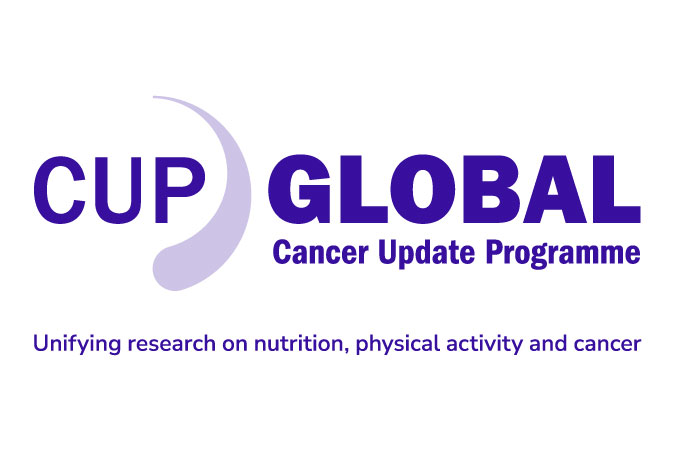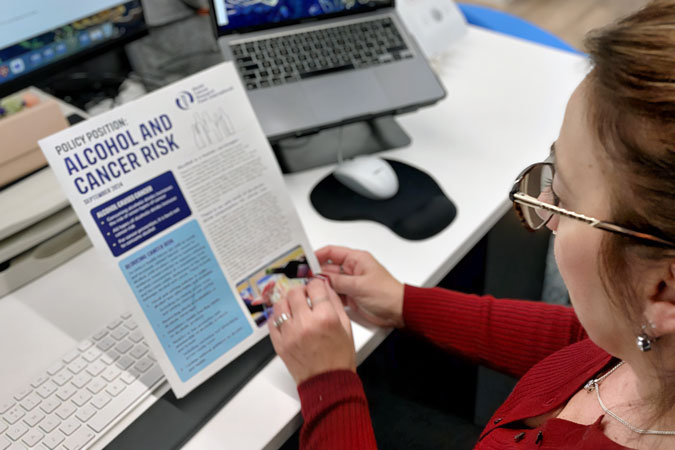Research and policy
We fund and carry out authoritative and up-to-date scientific research on cancer prevention and survivorship through diet, nutrition, physical activity and cancer, plus the policies needed to make cancer prevention a reality – all around the globe.





